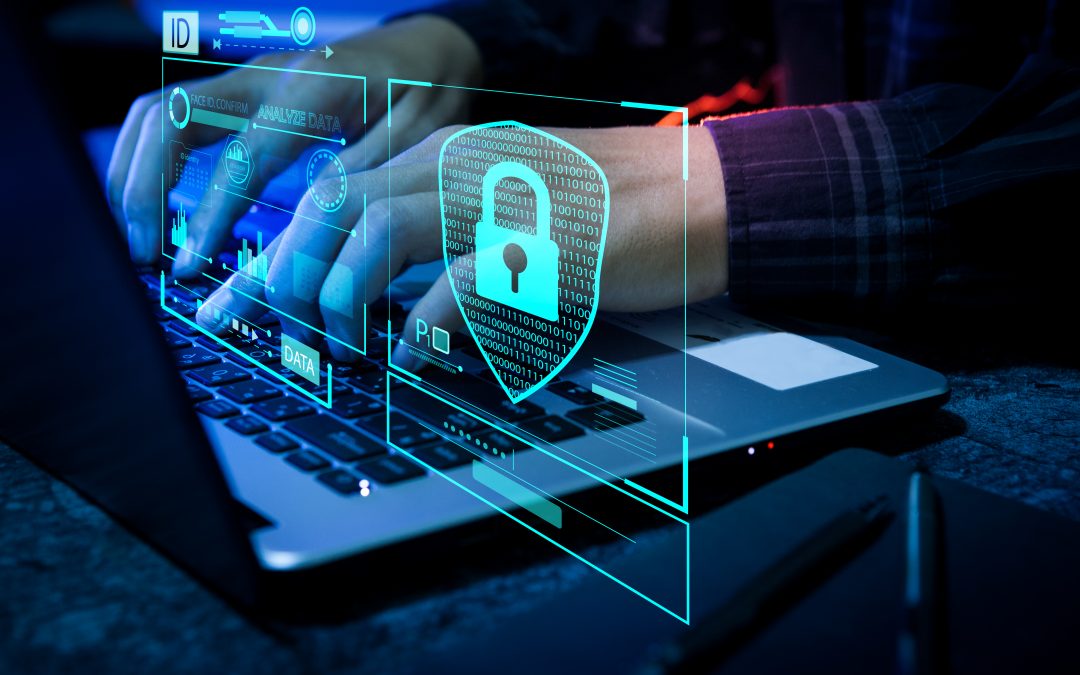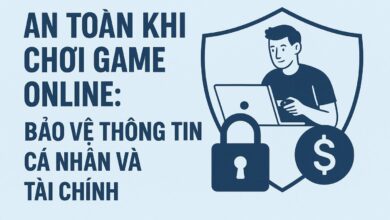Protect yourself from digital threats
In today’s interconnected world, digital threats are an unfortunate reality. From sophisticated scams to invisible malware, cybercriminals are constantly finding new ways to target unsuspecting individuals. But don’t despair! By taking proactive steps, you can significantly boost your defenses and protect yourself valuable information.
protect yourself from digital threats Click here

Here’s a rundown of common digital dangers and how you can safeguard yourself:
Know Your Enemies: Common Digital Threats
- Phishing Scams: These are fraudulent attempts to obtain sensitive information like usernames, passwords, and credit card details by disguising as a trustworthy entity in an email, text message, or instant message. They often create a sense of urgency or curiosity.
- Malware Mayhem: This umbrella term includes viruses, ransomware (which locks your files and demands payment), spyware (which secretly monitors your activity), and adware (which bombards you with unwanted ads). Malware can be downloaded unknowingly from malicious websites, email attachments, or infected software.
- Ransomware: A particularly nasty form of malware, ransomware encrypts your files, making them inaccessible until you pay a ransom to the attackers.
- Social Engineering: This relies on manipulating human psychology rather than technical vulnerabilities. Attackers might impersonate someone you know or a legitimate organization to trick you into divulging information or performing actions that compromise your security.
- Identity Theft: Cybercriminals can steal your personal information (like your name, social security number, or financial details) to commit fraud, such as opening new accounts or making unauthorized purchases in your name.
- Weak Passwords: Using easy-to-guess passwords or the same password across multiple accounts is a major vulnerability that hackers readily exploit.
- Outdated Software: Software vulnerabilities are regularly discovered. Failing to update your operating system, browser, and applications leaves you exposed to known exploits.
- Unsecured Wi-Fi Networks: Public Wi-Fi networks can be risky as they may not be secure, allowing hackers to intercept your data.
Your Digital Defense Toolkit: Top Tips for Protect yourself
Protecting yourself doesn’t require being a tech guru. Implementing these simple yet effective habits can make a huge difference:
- Be skeptical of unsolicited communications. Think before you click! If an email, text, or call seems suspicious, too good to be true, or demands urgent action, verify its authenticity through a separate, trusted channel. Don’t click on links or download attachments from unknown senders.
- Use Strong, Unique Passwords: Create complex passwords (a mix of uppercase and lowercase letters, numbers, and symbols) for all your accounts. Better yet, use a reputable password manager to generate and store them securely.
- Enable Multi-Factor Authentication (MFA): MFA adds an extra layer of security by requiring a second form of verification (like a code sent to your phone) in addition to your password. Enable it wherever possible.
- Keep Your Software Updated: Regularly update your operating system, web browsers, antivirus software, and other applications. Enable automatic updates when available.
- Install reputable antivirus and anti-malware software: This will help detect and remove malicious software from your devices. Keep it updated and run regular scans.
- Secure Your Home Wi-Fi Network: Change the default router password and use strong WPA2 or WPA3 encryption.
- Be cautious on public Wi-Fi: Avoid accessing sensitive information (like online banking) on public Wi-Fi. If you must use it, consider using a Virtual Private Network (VPN) to encrypt your connection.
- Back Up Your Data Regularly: In case of a ransomware attack or hardware failure, having regular backups of your important files will be a lifesaver. Store backups in a separate, secure location (e.g., an external hard drive or cloud storage).
- Mind Your Digital Footprint: Be careful about the personal information you share online, especially on social media. Adjust your privacy settings to control who sees your posts.
- Educate Yourself and Others: Stay informed about the latest digital threats and share your knowledge with friends and family.
If You Suspect a Breach:
- Change Your Passwords Immediately: Especially for the affected account and any others that use the same or similar passwords.
- Monitor Your Accounts: Keep a close eye on your bank statements, credit card activity, and online accounts for any suspicious transactions or changes.
- Report the Incident: Depending on the nature of the attack, report it to the relevant authorities (e.g., the police, your bank, or anti-fraud agencies).
Staying safe online is an ongoing effort, not a one-time fix. By being vigilant, adopting good security practices, and staying informed, you can confidently navigate the digital world and protect yourself from the ever-evolving landscape of digital threats.








